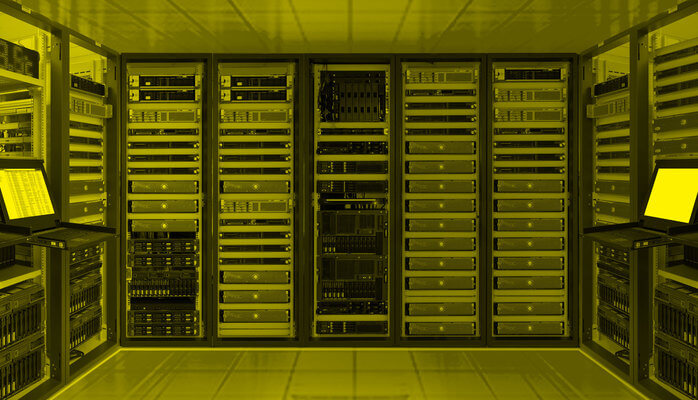
What Does HTTP 302 Mean?
We’re back with the #TechTips and today we’ll be explaining HTTP 302 status codes and what does it mean.
If you’ve spend as much time on the internet as we do, then chances are you’ll have encountered an HTTP status code. The most common you’ll have most likely come across is an HTTP Error 404 where you visit a website page that is no longer there, or has moved and the link hasn’t been updated.
In layman's terms, HTTP status codes are standard response codes based on a very simple relationship: clients (your web browser. like Chrome, Safari, Edge, etc.) make requests to a web server and the server responds. Status codes allow us to know whether your request was a success, a failure, or something in between.
Due to the complexity of how things interact, there’s a ton of possible HTTP status codes you could run up against while “surfing the web”. You can often use HTTP status codes to identify and then diagnose various issues that may arise, for example a blocker preventing you to load a resource, or gives you more information about the journey you took on your way to visit a page.
What Does HTTP 302 Mean?
A common HTTP status code is HTTP 302. This occurs when a page or resource you’re trying to load has been temporarily moved to a different location, via 302 redirect.
Unlike a 301 redirect, which are used to permanently redirect users from one location to another (eg: migration from http to https), 302 redirects are temporary, if set up correctly you shouldn’t notice a 302 redirect.
The web server allocating the 302 redirect should immediately indicate the new location of the page to your web browser, it should send you there straight away.
If you’d like to see what HTTP status codes you’ve encountered there are various plugins for Chrome (Redirect Path) or websites available like Redirect Checker. These type of tools will allow you to view what redirects are active on websites you are visiting.
Please note, that HTTP 302 status codes are caused by the web server you are attempting to reach. There’s no issue with your web browser and it’s out of control at your end.
If you’re considering setting up 302 redirects on your own website, it’s important to know that these types of temporary redirects are somewhat frowned upon by Google. Infact Google’s crawler bots will follow and honour a permanent 301 redirect, but will ignore any temporary 302 redirects that you’ve set up. If you need to maintain your search ranking (which we do) on a page and you need to change the URL/location, make sure you opt for a permanent 301 redirect instead.
If you’re really in a pickle, we’re here to help. We’ve been helping customers successfully and correctly migrate their websites from HTTP to HTTPS with correct HTTP 301 redirects for years.





